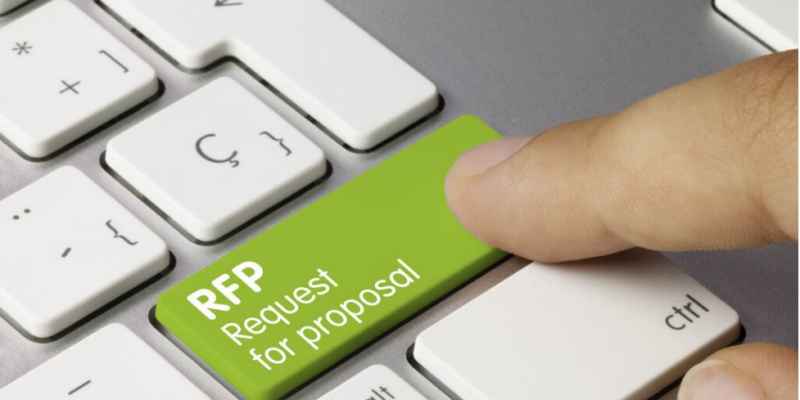Whether you’re a property or facility professional, RFPs – Request for Proposals – will sooner or later fall within your task bucket.
As a procurement tool, RFPs can be a great leveler. But they also don’t tell the whole story; they can feel like tedious wheel reinvention for both parties, and when they’re ‘kitchen sink’ approaches – or ask for everything but, there is no room for differentiation.
We think there’s a better way.
With spring start-up season just around the corner, here’s our advice for tailoring your landscape services RFP to give you the best partner for the job.
RFPs don’t tell the whole story
Service companies that respond to RFPs end up in a pool of commodity contractors who compete on price. When landscape companies compete on price, it’s because they often look for cheaper options to deliver on apples-to-apples specs. The bad news for property and facility professionals who contract landscaping services through RFPs is that you get what you pay for – a hamster wheel of RFP-won contractors who offer price instead of value. We believe that value is a competitive advantage. When you eliminate value, you lose the upside value brings.
How to make RFPs a win-win
For both landscape services contracts and complex landscaping projects—those with upgrades, renovations, and performance and environmental improvements—a well-written RFP can be effective at filtering out weak players. To create a consistently good RFP and RFP process, think about making your RFP an RFV – or Request for Value.
In addition to describing what you and your commercial property or facility needs and your expectations for delivery, include your sustainability goals and context for what the landscaping itself will meet, such as: talking points from your site performance plan (are you targeting carbon neutral or qualifying for LEED?), include the ‘need to haves’ and the ‘nice to haves’, criteria for curb appeal and improved asset value, and a realistic deadline for the contractor to respond. Avoid generalities, proof-read for typos, edit for clarity, and eliminate redundant questions and contradictory requirements.
A cautionary note about AI-enabled technology: When the RFP response process is automated, do the math. While automation offers efficiencies and fills out things at a much quicker pace, the scope piece when compared to non-automated bids may not add up. Always double check to make sure you’re not getting apples-to-oranges.
If you’re looking to save cost, remember: low-bid doesn’t tell the whole story. The best return on investment is calculated by actual and perceived value, and the long-term value that comes from a strong relationship.
We do our best work when we work with people—face to face, building connections, friendships, and opportunities to gain trust. Our advice? Use your RFP as a solid starting point. A way to open the door and start a conversation, and a way to make sure you’re getting more than a team of qualified vendors, but a strategic partnership where value is created and delivered every step of the way.
If you’re renewing your contracts, seeking a new landscape partner, or just interested in keeping the conversation going, give us a call to share your thoughts.
{This blog was originally published in February 2023).

